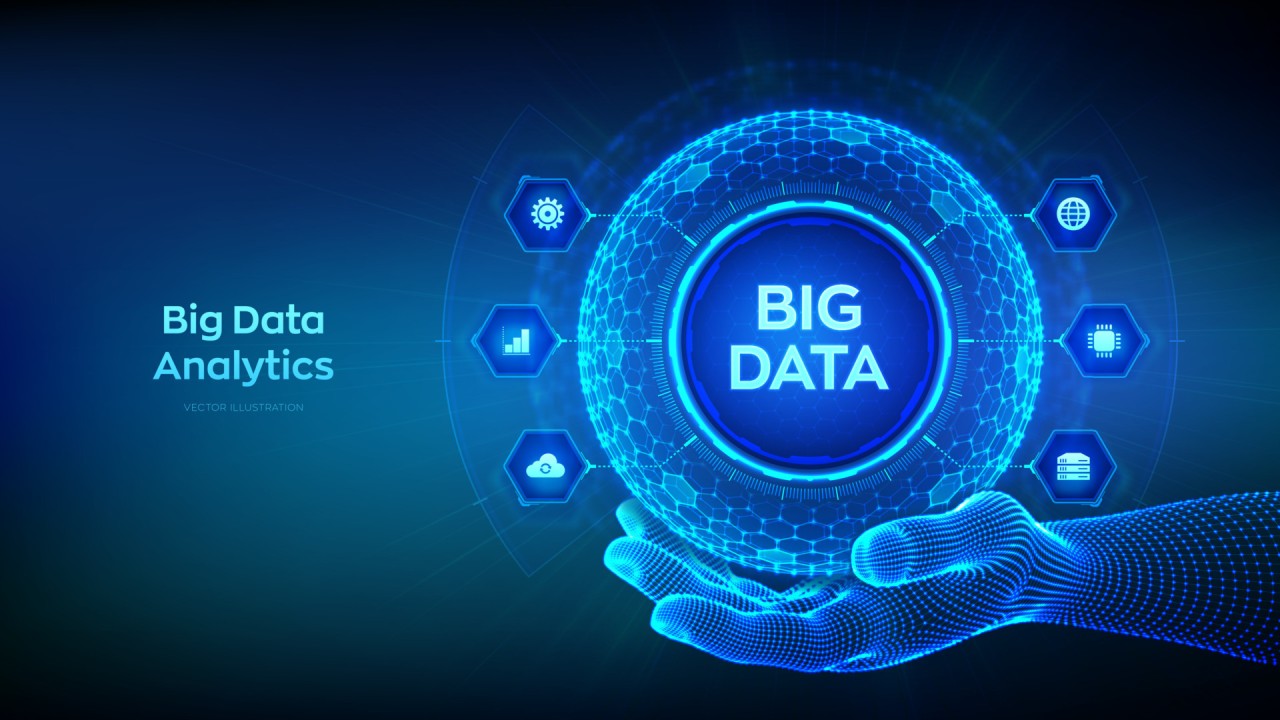
In the digital age, the volume of data generated is staggering, and harnessing this wealth of information is crucial for informed decision-making and gaining a competitive edge. Big data analytics serves as the bridge between raw data and actionable insights, unlocking the potential of data in various fields. This article explores the significance of big data analytics and how it transforms information into actionable insights.
1. Data Collection and Integration:
- Diverse Data Sources: Big data analytics can process data from a wide range of sources, including structured data (e.g., databases) and unstructured data (e.g., social media posts, images, and videos).
- Data Cleaning and Integration: Before analysis, raw data must be cleaned, integrated, and transformed into a usable format. This process ensures data accuracy and consistency.
2. Scalability and Speed:
- Handling Large Volumes: Big data analytics platforms are designed to handle massive datasets, enabling organizations to analyze data at scale.
- Real-Time Processing: Some applications require real-time analysis, and big data platforms can provide insights in near real-time, allowing for quick decision-making.
3. Advanced Analytics Techniques:
- Machine Learning and AI: Big data analytics incorporates machine learning and artificial intelligence algorithms to uncover patterns, correlations, and predictive insights within the data.
- Descriptive, Predictive, and Prescriptive Analytics: These techniques help organizations understand historical data, predict future trends, and make data-driven decisions.
4. Industry Applications:
- Marketing and Customer Insights: Big data analytics enables businesses to understand customer behavior, preferences, and sentiments. This information is used for targeted marketing campaigns and improving customer experiences.
- Healthcare: In healthcare, big data analytics can identify disease trends, personalize treatments, and improve patient outcomes.
- Finance: Financial institutions use big data analytics for fraud detection, risk assessment, and investment strategies.
- Manufacturing: Big data analytics optimizes production processes, predicts equipment failures, and minimizes downtime.
5. Actionable Insights:
- Turning Data into Action: The ultimate goal of big data analytics is to provide actionable insights that drive decision-making. These insights can be used to optimize operations, improve products, and enhance customer satisfaction.
- Data Visualization: Data visualization tools create intuitive, visually appealing representations of data, making it easier for decision-makers to grasp complex insights.
6. Competitive Advantage:
- Informed Decision-Making: Organizations that leverage big data analytics gain a competitive advantage by making data-driven decisions. They can respond to market changes more effectively and seize opportunities.
7. Ethical and Privacy Considerations:
- Data Security and Privacy: Organizations must handle data responsibly and ensure compliance with data protection regulations to maintain trust with customers and stakeholders.
8. Continuous Improvement:
- Iterative Process: Big data analytics is an ongoing process. Organizations continually refine their models and strategies as new data becomes available.
In conclusion, big data analytics plays a pivotal role in today’s data-driven world. It empowers organizations across various industries to transform vast amounts of data into actionable insights, driving innovation, improving efficiency, and gaining a competitive edge. By harnessing the power of big data analytics, businesses can navigate the complexities of the modern marketplace with confidence, agility, and informed decision-making.


